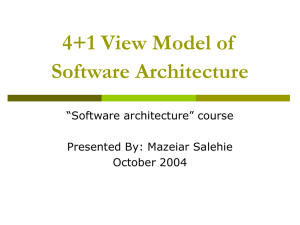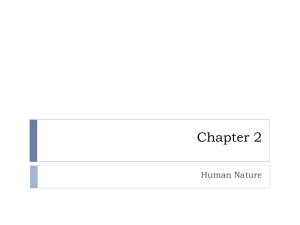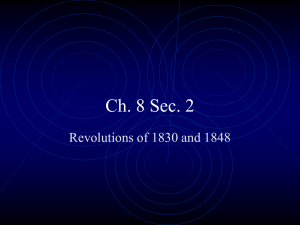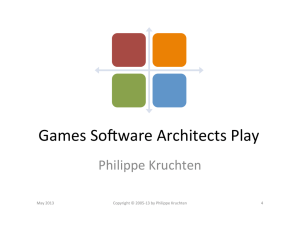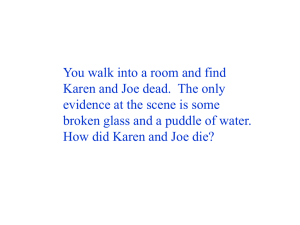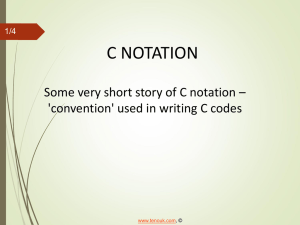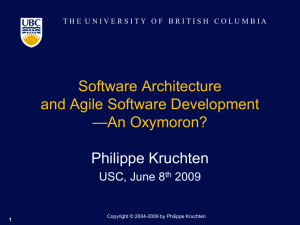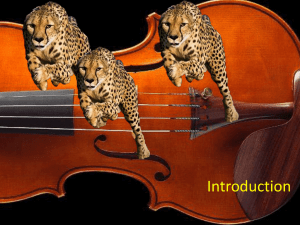4+1 View Model of Software Architecture Presentation
advertisement
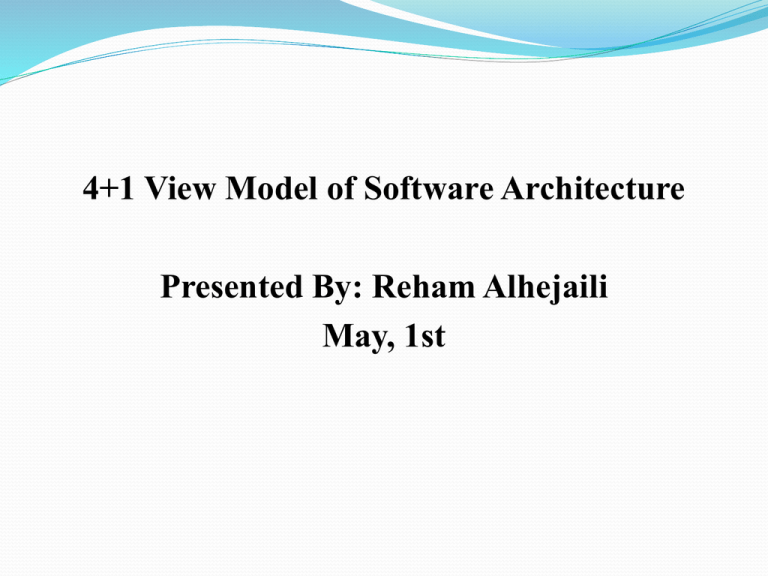
4+1 View Model of Software Architecture Presented By: Reham Alhejaili May, 1st Outline What is the architecture view? What is the relevance to Comp 684course? About author. The problem that discussed in the article. Suggested Solution 4+1 view model Logical view Process view Development view Physical view Scenarios The Iterative process Annotation 2 What is the architecture view? The author's of our book had mentioned the view in chapter 9. The author’s defined the view as a representation of a coherent set of architectural elements , as written by and read by system stakeholders. What is the relevance to Comp 684course? The basic principle of documenting software architecture: “Documenting an architecture is a matter of documenting the relevant views and then adding a documentation that applies to more than one view.”( Bass, Clements and Kazman) Overview about the article's author: Philippe Kruchten has more than 16 years of experience as a leader of the development team in Rational corporation. He had a good experiences in industry (Telecom, Air traffic control system) which he used to justify his model. 5 Problems: Architecture documents do not address the concerns of all stakeholders . Deferent Stakeholders : end-user, system engineers, developers and project managers. Architecture documents contained complex diagrams some times they are hard to be represented on the documentation. 6 Solution Using different notations for several Views each one addressing one specific set for concerns. Use“4+1” view model. 7 4+1 View Model of Architecture Philippe Kruchten Rational Software Corp. Logical View • The logical view, which is the object model of the design (when an object-oriented design method is used) Viewer: End-user considers: Functional requirements- What are the services must be provided by the system to the users. Notation: The Booch notation . Tool: Rational Rose 9 By Philippe Kruchten Rational Software Corp. Logical view Example Philippe Kruchten Rational Software Corp. 11 Process View The process view, which captures the concurrency and synchronization aspects of the design(The process decomposition). viewer: Integrators considers: Non - functional requirements (scalability, concurrency, and performance) style: Garlan and Shaw ‘s Architecture styles. 12 Process view (cont.) Uses multiple levels of abstractions. A process is a grouping of tasks that form an executable unit: Major Tasks: Architecture relevant tasks. Minor or helper Tasks: (Buffering) 13 Notation By Philippe Kruchten Rational Software Corp. Process View example Philippe Kruchten Rational Software Corp. 15 Development View The development view, which describes the static organization of the software in its development environment. Viewer: Programmers and Software Managers considers: software module organization. (Hierarchy of layers, software management, reuse, constraints of tools). Notation: the Booch notation. Style: layered style 16 Notation By Philippe Kruchten Rational Software Corp. Physical View the physical view, which describes the mapping(s) of the software onto the hardware and reflects its distributed aspect. Viewer: System Engineers Considers: Non-functional requirement (reliability, availability and performance). regarding to underlying hardware. There may be two architecture: Test and development deployment 18 Physical view example By Philippe Kruchten Rational Software Corp. 19 Scenarios (Putting all “4 views” together) Viewer: All users and Evaluators. Considers: System consistency and validity Notation: Similar to logical view 20 Scenario example By Philippe Kruchten Rational Software Corp. 21 Correspondence between the views The views are interconnected. Start with Logical view and Move to Development / Process view and then finally go to Physical view. 22 From logical to Process view Two strategies : Inside-out: starting from Logical structure Outside-in: starting from physical structure 23 From Logical to development They are very close, but the larger the project, the greater the distance between these views. Grouping to subsystems depending on: The team organization. The class categories which includes the packages. The Line of codes. 24 Iterative process Not all architectures need all views. A scenario-driven approach to develop the system is used to handle the iterative. Documenting the architecture: Software architecture document: follows closely “4+1” views. Software design guidelines: it captured the most important design decisions that must be respected to maintain the architectural integrity. 25 Annotation: “4+1 views” methodology successfully used in the industry Air Traffic Control Telecom This paper missing the tools to integrate these views which lead to an inconsistency problem. The inconsistency problem is more tangible in the maintenance of the architecture. 26 Thank you for your lasting Is there any question?
